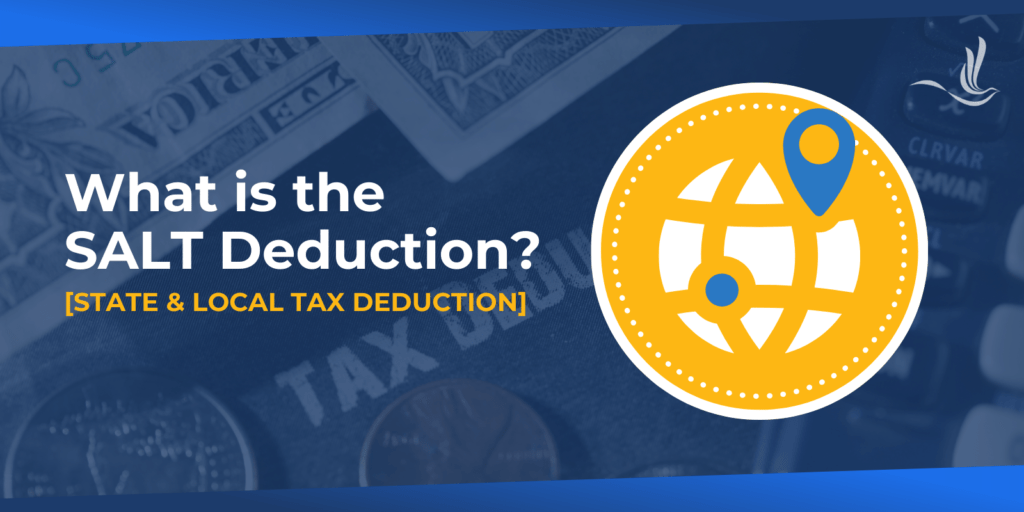
If you’ve never heard of the State and Local Tax (SALT) deduction, you’re not alone. But if you have, you may know that it is a topic that often raises eyebrows and sparks debates. For many taxpayers, the SALT deduction plays a significant role in their financial planning and overall tax liability. This is especially true for those who live in a high-tax state. In this article, we’ll delve into the intricacies of the SALT deduction, exploring its mechanics, controversies, and potential implications for taxpayers.
What is the SALT deduction?
The State and Local Tax (SALT) deduction allows taxpayers to deduct state and local taxes from their federal taxable income. These deductible taxes typically include state and local income taxes, property taxes, and sales taxes. One key thing to note, however, is you may only deduct either state and local sales taxes or state and local income taxes, but not both. The deduction aims to provide relief to taxpayers by preventing double taxation. In other words, it helps prevent paying taxes at both the state and federal levels on the same income. Taxpayers can deduct up to $10,000 in 2023, or $5,000 if they are married but filing separately. Remember, you may only take the SALT deduction if you itemize your deductions.
What does the SALT deduction cover?
The SALT deduction typically covers the following types of taxes:
- Income taxes: Whether you are a W-2 employee or self-employed, you’ll be able to find out how much state or local income tax you paid over the tax year.
- Property taxes: This tax is a little more complicated and does not come with much guidance from the IRS who advises that some types of payments do not qualify.
- Personal property taxes: Typically, you can deduct taxes paid on personal property like a vehicle.
- Sales taxes: Deducting sales tax usually requires keeping excellent records. Some taxpayers prefer to deduct state and local income taxes instead because it’s usually calculated for them at the end of the year. However, this is particularly beneficial for individuals residing in states without a state income tax. This is because they can deduct their sales taxes instead.
Key Points
While these are the primary taxes covered by the SALT deduction, there are limitations.
- The Tax Cuts and Jobs Act (TCJA) of 2017 introduced a cap on the SALT deduction. It limited the total deductible amount to $10,000 for both single and married taxpayers filing jointly. This cap significantly impacted taxpayers in high-tax states who were accustomed to deducting larger amounts.
- Taxpayers must itemize their deductions on their tax returns to claim the SALT deduction. This means that individuals who choose to take the standard deduction won’t be able to benefit from the SALT deduction.
- Taxpayers can choose either the state and local sales tax deduction or the state and local income tax deduction, but not both. The choice is typically based on which option provides a higher deduction amount.
- The SALT deduction is subject to potential changes in tax law and policy.
Need Tax Help? Call Optima.
While the SALT deduction provides relief to many taxpayers, its limitations and potential changes have led to ongoing debates about its fairness, distributional impact, and its effect on federal revenue. Taxpayers should stay informed about changes to tax laws and consult with tax professionals to make the most informed decisions regarding their deductions and overall tax planning strategies. If ever unsure about which deductions you are allowed to take, contact an expert tax professional. Optima Tax Relief is the nation’s leading tax resolution firm with over a decade of experience helping taxpayers with tough tax situations.
If You Need Tax Help, Contact Us Today for a Free Consultation